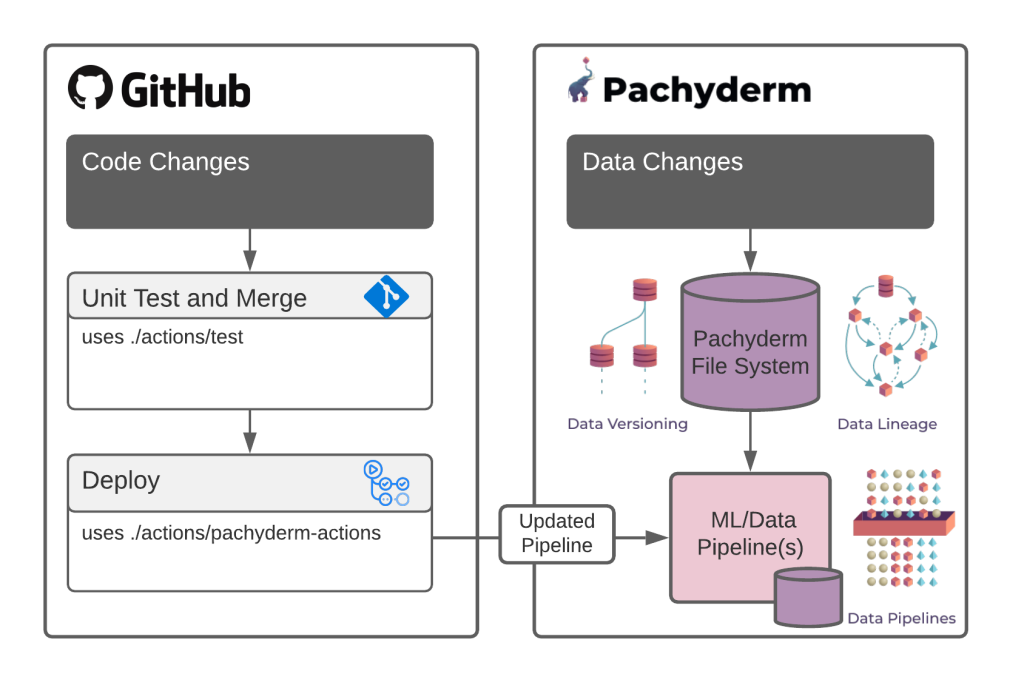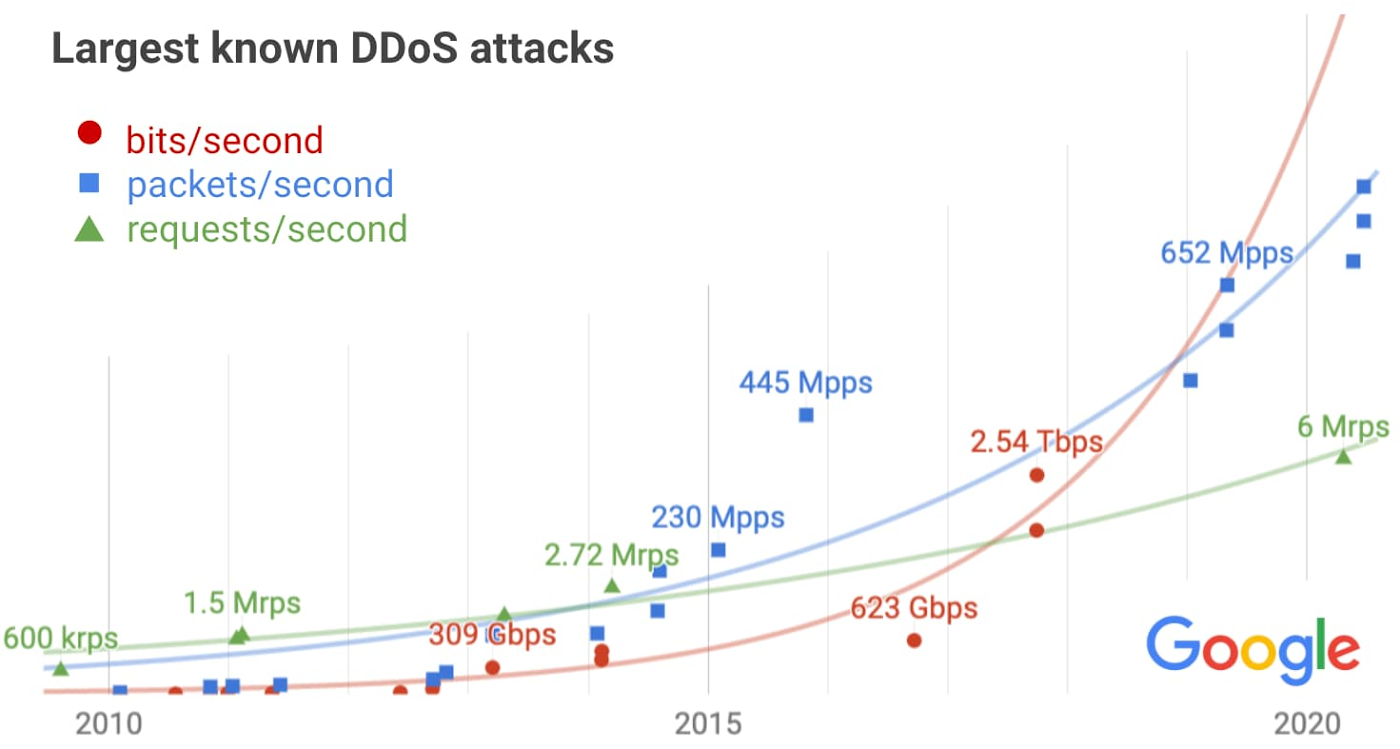Data literacy skills key to cost savings, revenue growth

"The bottom line is that bad data is costly, because decision-makers,
managers, data scientists and others who have to work with data have to
compensate for that bad data," she said. "That's time-consuming, but the real
cost of that bad data is that it's an obstacle in their journey to become
insights-driven." To prevent those losses -- and to help people make
data-driven decisions that have the potential to spur revenue growth --
organizations should enable employees with data literacy skills. Employees
need an education in data. Data-driven companies simply grow faster, Belissent
said, noting that Forrester has studied hundreds of companies. And
organizations do want to be data-driven, she continued, adding that 88% of
those surveyed by Forrester want to improve the use of data insights in their
decision-making. But if their data is low quality, or if the data isn't there
at all, it serves as a significant impediment to growth. And in fact,
according to Forrester's research, fewer than half of all decisions are made
based on quantitative analysis. Organizations, therefore, need to implement
training programs to give employees the data literacy skills -- the ability to
evaluate, work with, communicate and apply data -- to do their jobs.
Real Time APIs in the Context of Apache Kafka
One of the challenges that we have always faced in building applications, and
systems as a whole, is how to exchange information between them efficiently
whilst retaining the flexibility to modify the interfaces without undue impact
elsewhere. The more specific and streamlined an interface, the likelihood that
it is so bespoke that to change it would require a complete rewrite. The inverse
also holds; generic integration patterns may be adaptable and widely supported,
but at the cost of performance. Events offer
a Goldilocks-style approach in which real-time APIs can be used as the
foundation for applications which is flexible yet performant; loosely-coupled
yet efficient. Events can be considered as the building blocks of most
other data structures. Generally speaking, they record the fact that something
has happened and the point in time at which it occurred. An event can capture
this information at various levels of detail: from a simple notification to a
rich event describing the full state of what has happened. From events, we can
aggregate up to create state—the kind of state that we know and love from its
place in RDBMS and NoSQL stores.
Emotional AI — can chatbots convey empathy?

Maya Angelou once said — “I’ve learned that people will forget what you said,
people will forget what you did, but people will never forget how you made
them feel.” So, since emotions are our most human quality, what if we could
teach artificial intelligence (AI) to understand our feelings? In recent
years, AI and machine learning algorithms have held the world spellbound with
the rapid pace of development and integration in various industries and
verticals. The goal of AI research has shifted over the years; to compute
what humans could not, to beat us in specific tasks, and most recently to
create an algorithm that can show how it’s working. To put how rapidly AI
is growing in context, a Pew Research Center study reports that by 2025, AI
and robotics will permeate most segments of daily life, while another an
Oxford University Study projects that within the next 25 years, developed
nations will experience job loss rates of up to 47%. AI is displacing the
roles of both white and blue-collar workers, from travel agents to bank
tellers, gas station attendants to factory workers. This has tremendous
implications for industries such as home maintenance, transport and logistics,
healthcare, and most significantly, customer service.
The brain of the SIEM and SOAR
What the nerves need is a brain that can receive and interpret their signals.
An XDR engine, powered by Bayesian reasoning, is a machine-powered brain that
can investigate any output from the SIEM or SOAR at speed and scale. This
replaces the traditional Boolean logic (that is searching for things that IT
teams know to be somewhat suspicious) with a much richer way to reason about
the data. This additional layer of understanding will work out of the box with
the products an organization already has in place to provide key correlation
and context. For instance, imagine that a malicious act occurs. That malicious
act is going to be observed by multiple types of sensors. All of that
information needs to be put together, along with the context of the internal
systems, the external systems and all of the other things that integrate at
that point. This gives the system the information needed to know the who,
what, when, where, why and how of the event. This is what the system’s brain
does. It boils all of the data down to: “I see someone bad doing something
bad. I have discovered them. And now I am going to manage them out.” What the
XDR brain is going to give the IT security team is more accurate, consistent
results, fewer false positives and faster investigation times.
Pachyderm and the power of GitHub Actions: MLOps meets DevOps

The kinds of problems we face in machine learning are fundamentally different
than the ones we face in traditional software coding. Functional issues, like
race conditions, infinite loops, and buffer overflows, don’t come into play
with machine learning models. Instead, errors come from edge cases, lack of
data coverage, adversarial assault on the logic of a model, or overfitting.
Edge cases are the reason so many organizations are racing to build AI Red
Teams to diagnose problems before things go horribly wrong. It’s simply not
enough to port your CI/CD and infrastructure code to machine learning
workflows and call it done. Handling this new generation of machine learning
operations (MLOps) problems requires a brand new set of tools that focus on
the gap between code-focused operations and MLOps. The key difference is data.
We need to version our data and datasets in tandem with the code. That means
we need tools that specifically focus on data versioning, model training,
production monitoring, and many others unique to the challenges of machine
learning at scale. Luckily, we have a strong tool for MLOps that does seamless
data version control: Pachyderm.
Microsoft: Learn JavaScript Node.js with this new free course

The Node.js course teaches beginners what they need to know to build things
like web servers, microservices, command-line apps, web interfaces, drivers
for database access, desktop apps using Electron, IoT client and server
libraries for single-board computers like Raspberry Pi, machine-learning
models and more. Yohan Lasorsa, a senior Microsoft cloud developer
advocate and main host of the Node.js series, recommends students complete the
JavaScript video series before starting the Node.js series. To accompany the
video tutorials, Microsoft has also published an extensive interactive Node.js
course consisting of five modules. The modules include an introduction to
Node.js that explains what it is, how it works, and when it could be useful.
The second module explains how to use dependencies obtained from the NPM
registry, while the third takes students through debugging Node.js apps with
the built-in debugger and the debugger available in Microsoft's Visual Studio
Code (VS Code) editor. The fourth and fifth modules teach students how to work
with files and directories in Node.js apps and how to build a web API with
Node.js and the Express.js framework for adding things like authentication.
Exponential growth in DDoS attack volumes

We recognize the scale of potential DDoS attacks can be daunting. Fortunately,
by deploying Google Cloud Armor integrated into our Cloud Load Balancing
service—which can scale to absorb massive DDoS attacks—you can protect
services deployed in Google Cloud, other clouds, or on-premise from attacks.
We recently announced Cloud Armor Managed Protection, which enables users to
further simplify their deployments, manage costs, and reduce overall DDoS and
application security risk. Having sufficient capacity to absorb the largest
attacks is just one part of a comprehensive DDoS mitigation strategy. In
addition to providing scalability, our load balancer terminates network
connections on our global edge, only sending well-formed requests on to
backend infrastructure. As a result it can automatically filter many types of
volumetric attacks. For example, UDP amplification attacks, synfloods, and
some application-layer attacks will be silently dropped. The next line of
defense is the Cloud Armor WAF, which provides built-in rules for common
attacks, plus the ability to deploy custom rules to drop abusive application
layer requests using a broad set of HTTP semantics.
Best Practices for Managing Remote IT Teams

Many DBAs and developers have been working remotely for months now, but as IT
budgets grow tighter, they’ll need to do more with less. Ensuring DBAs have
the ability to monitor the database from anywhere will be a core part of a
continued successful remote working strategy. There are many reasons for
database professionals to embrace remote monitoring, whether it’s migrating to
the cloud, adapting to new challenges, keeping an eye on multiple instances in
many environments or gaining fine-grained access to monitoring data. ... Cloud
adoption is up significantly this year as development teams turn to it,
particularly for greenfield projects. But with all of that data migration,
database professionals are struggling with being able to monitor cloud-based
servers alongside on-premises servers, and having a distributed team doesn’t
make it easier. Adopting remote monitoring tools can simplify monitoring of
the cloud—once you’re monitoring a remote database server it doesn’t matter
where the server is. It’s impossible to say what might happen next month or
even next year, but as companies grapple with these cloud challenges, advanced
remote monitoring tools can help monitor disparate, hybrid environments from
one screen.
Hearing The World Through Machine Learning

With ML, companies can apply cutting-edge technology to transform an age-old
problem. Startups are leveraging deep learning and advanced signal processing
at a granularity not previously possible to improve hearing quality.
Some incumbent hearing aid companies have recently touted their ability to add
“AI” features such as Alexa integrations and step counters. Unfortunately,
these features don’t seem to improve actual hearing quality nor take advantage
of true ML capabilities beyond generating marketing buzz. ... In my
conversation with Andre Esteva, the Head of Medical AI at Salesforce, he noted
that “traditional approaches have been limited by extensive manual efforts to
acquire data, hand-craft it into a usable format, prepare rudimentary
algorithms and deploy them to devices. In contrast, ML has a natural flywheel
effect in which devices collect data at scale, ML training protocols
automatically process the data, update themselves and redeploy. The effect is
a significant reduction in product feedback cycles and an increase in the
range of capabilities available. The beauty of this approach is that the
underlying intelligence improves over time as the neural nets go through
iterative training.”
Q&A on the Book Leading with Uncommon Sense
It is a three-step practice that includes pausing, introspecting, and acting.
It requires leaders to continually cycle through the three steps: pause,
introspect and act. At the core of the practice is the need to slow down.
Leaders can pause both in the moment when reacting to a difficult situation or
in a planned, proactive way to prepare for challenges and to harvest
learnings. When introspecting, leaders look inward and examine their own
thoughts or feelings, carefully investigating what is happening with their
thinking. Introspecting allows leaders to pay attention to four areas:
recognizing what is outside of our awareness, learning from our emotions,
tracking the impact of social identities, and embracing uncertainty. After
investigating these four areas and gathering useful information, leaders are
in a better position to take action. Finally, by pausing and introspecting, we
argue that leaders are in a better position to take action. In addition, we
know that leaders cannot allow themselves to be paralyzed by the complexities
of any given moment and that they must have the courage to make decisions and
take action in the very face of that complexity.
Quote for the day:
"Just because you can't have what you want NOW doesn't mean never. Be patient, persistent and resourceful." -- Tim Fargo
No comments:
Post a Comment